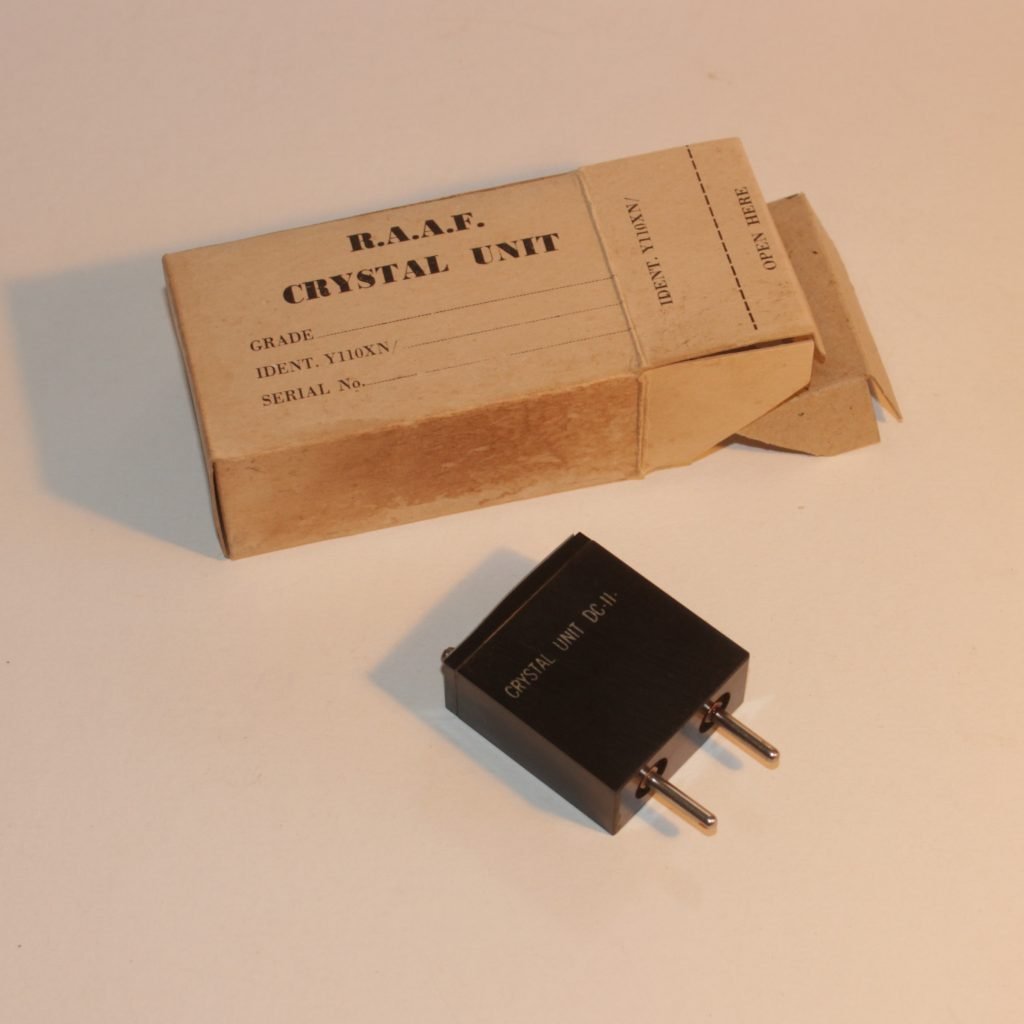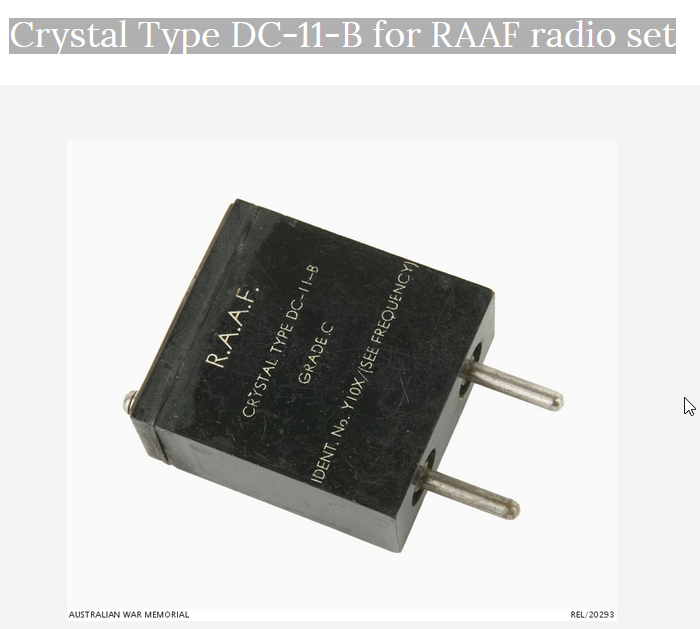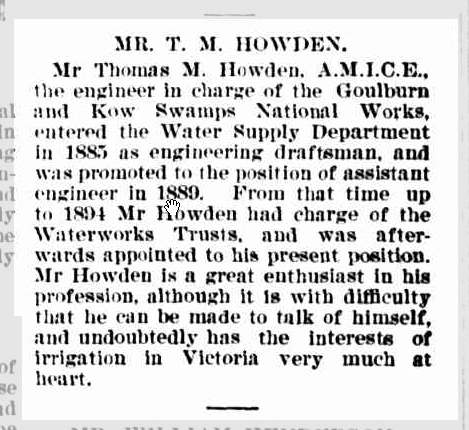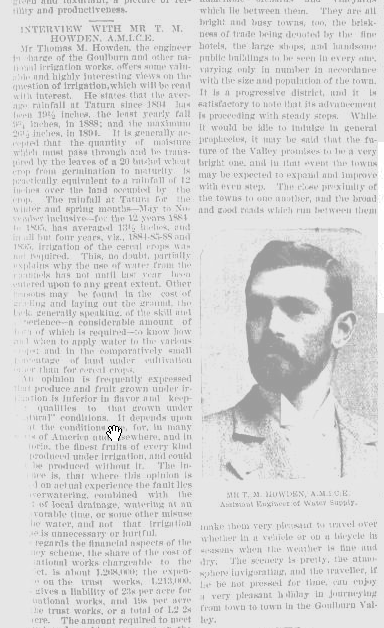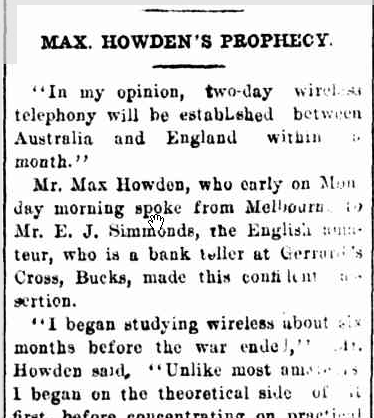The following is from the Trove archive of the Sydney Morning Herald newspaper dated 19th February 1910. Ref: http://trove.nla.gov.au/newspaper/article/15144106
The small article was presented in a column titled “New Motor Car – Trial on a 15-H.P. Napier”
The content has been copied here after I corrected the scanned text. I have retained the column format with the hyphenation as it originally appeared.
Sat 19 Feb 1910
Page 19
NEW MOTOR CAR.
TRIAL ON A 15-H.P. NAPIER
Now that there is talk of 300 new taxis arriving in
Sydney and corresponding numbers to be landed shortly
in the principal Australian cities, it is interesting to
note that the coming vehicles are of British manufac-
ture. The Napier Company, the maker, is one of the
oldest English firms, and its cars have, owing to the
enterprise of a Sydney man, Mr S T Edge, who is
the managing director, attained world-wide reputa-
tion. Although the Napier taxis will not reach Syd-
ney until April, several chassis for touring cars have
been landed. At the invitation of Messrs. Alick McNeil
and Mcintosh, Ltd., of Market and Castlereagh streets,
the local agents for this make, the “Herald” repre-
sentatlve had an opportunity of testing the latest
15- h.p. Colonial Noiseless Napier. The recent importa-
tion has many noteworthy features. The large radiat-
ing surfaces and water capacity, the svstem of forced
lubrication to ensure equal flow to all bearing sur-
faces, the good road clearance, almost complete sil-
ence of engine, powerful brakes, great flexibility and
ease of control-all will appeal to anyone wanting a
reliable and up to date motor. The chassis itself is of
special deep channel steel, and the axles are excep-
tionally strong. The springing is almost perfect, and
there is a complete absence of jarring or jolting even
over fairly rough roads.
On Wednesday aftemoon, with Mr. J. McNeil at the
wheel a party of four made a delightful trip of about
30 miles, the route being via Kensington, turning off
to Cook’s River-road, then to Rockdale, down to
Brighton, along a beautiful run to Sandringham and
home by Tom Ugly’s Point. Throughout the trip the
car behaved in an exemplary manner. Its silence, speed
on the level and up hills, and great power over stiff
pinches were most apparent. Even in the densest traf-
fic the flexibility of the engine was wonderful.
The interesting point for me are that this article suggests that many of the Napiers were imported as taxi’s. I also note the reference to Mr. S.T. Edge when Mr. S.F. Edge is more commonly associated with Napier. Possibly a typo from the author, or was there a relative linked to the agency in Australia ?

